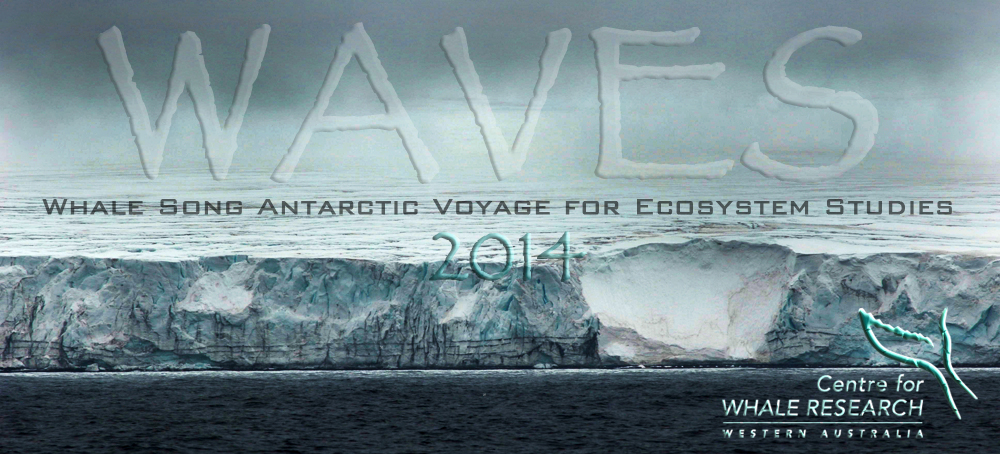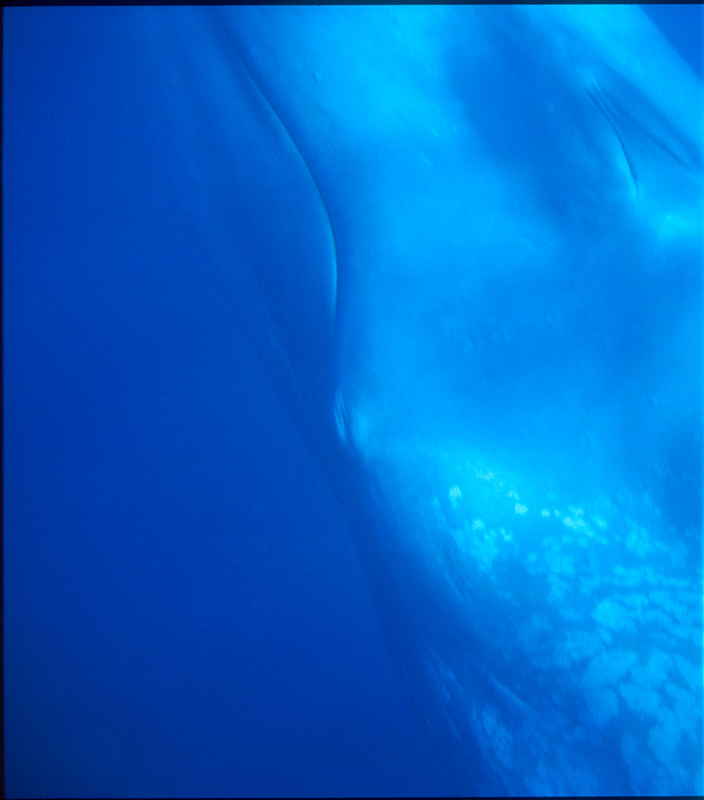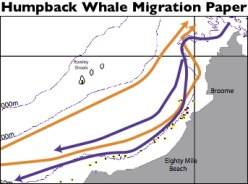Day 6 Calm Weather and the Influence of the Leeuwin Current… (Written on Feb 23, 2013)
Whale Song has been tied to the Trawler Wharf in Portland and it’s very convenient for the crew to hop on and off, visiting the local pub, wandering in town and a welcome chance to shut-down our “house” generator… A couple of late night shore power outages due to rain wakes us with alarms blaring and emergency lights blazing and demands attention. Starting our generator seems the only solution, so the comforting hum sends us back to sleep.
At 0630am Local Time we change the ship’s clocks to Central Daylight Time (CDT), the time zone on which South Australia operates, in anticipation of our arrival at Robe, South Australia later tonight. This gives us “the good half hour”, so 0838 becomes 0803 and now we are all on-time with our planned departure around 8 o’clock! Sooze and Felix deliver Pete to the boat for the day survey from Portland to Robe and are our farewell committee waving furiously from the Trawler Wharf as we depart. We had such a lovely day in the bush at Pete and Sooze’s home yesterday and will be happy to see them again in Robe on Sunday morning. It’s great to have local expert, Dr Pete Gill, from the Blue Whale Study based in Portland onboard with us.
Coming through Portland Bay, we pass Lawrence Rock where almost 6,000 Australasian gannets nest. The white bodies of the birds perched behind the northern rise of exposed rock appear as thousands of small white dots. Rounding Cape Nelson, the stately lighthouse stands tall surrounded by twenty-nine wind generators perched along the ridge.
By 0943 the wind had dropped from Northerlies of 15-20 knots down to a light North-Westerly of <5 knots and a glass-off is imminent! Over the calm, glassy water, white moths flutter in the light airs and other bugs flounder on the deck having been brought by the winds from the land.
By lunch (which was leftover bbq lamb chops, sausages, veggie burgers and salad from our bush visit yesterday!) we have already had several large rafts of Australasian gannets and several pods of common mangoes (dolphins!) bow-riding in the glassy, crystal clear water. Fur seals sun baking at the surface often in pairs or even a threesome – appear to be doing synchronised swimming, flippers held aloft and bellies exposed in unison as in the Olympics. Around 1300 we cross from Victorian waters into South Australia and we are on time too!
We’re on the trail of a whale…
Crossing Discovery Bay following the 100m contour line we are a sea state of 1, almost 0. Zephyrs lightly ruffle the sea surface on gorgeously reflective water. It is a day for hanging out at the surface with at least six groups of fifteen or more Australian Fur seals seen near our track-line. From 1051 we have heard sperm whale clicks on the acoustics pointing to deep water to our SE. The wheelhouse is full of sperm whale clatter and chatter as Carrie takes screen grabs of the particular characteristics of the call structure. I really like their sounds, its’ somehow, strangely comforting.
South of Danger Point we head another 20 degrees to port, a new sonobuoy is deployed at 1400 – the sperm whales are still rhythmically clicking. At 1408, a signal on ISHMAEL looks very interesting and Maria makes a few ooh’s and aah’s. This is a new call. At 60Hz, 110Hz and 170Hz, the call is 60 seconds long… Maria checks the bearing and we make a radical course change to go inshore in a NE direction to find the creator of this sound.
The sea is very calm, the sky is blue and we have “Simpsons” clouds all around. Life couldn’t be better! Heading inshore we are on the trail of a whale… Again at 1445 another 60 second call is detected at 54 Hz and then around 1715 we have pulses like southern right whale calls at 35-40 Hz, what manner of whales do we have here?
With the off-shore northerlies we have bugs everywhere, wasps, March flies and all manner of flying and sticky things. Looking and looking for the animals we have heard, a black smudge moves across my glasses, waving my hand doesn’t deter it – then I feel it tickling my eyelashes, “Ahh, it’s inside my glasses!” I imagine the joy an insect might have finding a boat out at sea, surely a last refuge. We are 15 nm from shore, SW of Mt. Gambier and an interesting gap in the hill-scape we can see is a space between two pine plantations ( Ikea forests Curt thinks!).
As you can see we are full of ideas out here! Counting through my binoculars I see approximately 105 wind generators extending from Pelican Point to Cape Banks, out-stretched to catch the coastal winds. I am desperate to count something! But alas, no whale materialises at the end of our acoustic cross bearings – the mystery of the Bonney grows…
We are driving 260 degrees, the golden setting sun at 10 o’clock on our portside. In the calm weather we have spent the day thwacking and whacking the bugs that land on our exposed arms and legs, as we enjoy the warm sunshine. By days’ end we are covered in bug-spit! Nice!
While enjoying the gorgeous purple-hue and gold-toned sunset to the west and to the east the pink/blue Earth shadow on the water below the almost full moon, the fly-bridge crew engages in much discussion regarding the whereabouts of these rascally whales… we decide that the Bonney “Upwelling” is either “Not telling” or is “Unwilling” to divulge its’ secret stash of blue whales. Today, at least, this is the “Bonney Not-telling”!
On a more scientific note, we are thinking that it may be that the blue whales are at the STC (Sub-Tropical Convergence) to our south where we had numerous detections a few weeks ago, or even at the PC (Perth Canyon), our home patch in WA. Where-ever they are, we have the feeling they will be en masse. This reminds us of the fluid nature of the dynamics driving the oceanographic events that create Upwellings and Downwellings. Today, we chose to travel along the edge of the cold and warm water where the blues usually congregate, but perhaps there is a change in the nature of the Upwelling right now. Lots of puzzle pieces to put together still.
On Day 3, Feb 18, 2013 when we saw the Mola mola (sun-fish), Pete commented that the Leeuwin Current was strong this year and had indeed brought westward animals eastward. Today’s satellite SST (Sea Surface Temperature) shows a huge tongue of warm water where cool water normally occurs, indeed the Leeuwin Current is a major feature this season and is very strong. This may hold the key to the absence of our well-sought-after blue whales… they will be where the krill masses are, and this warm water may not be suitable for the krill.
It is amazing to realise that the Leeuwin Current which originates on the West Coast, can be influencing animal distribution half-way along the south coast of Australia. The power of currents is spectacular. There are many forces at work. Its our task to reveal these secrets.
After a delicious dinner of Chicken Adobo with steamed rice and baked potatoes and salad, kindly prepared by Resty, we continue looking and listening until the light has totally gone from the sky, hoping until the end to see a huge blow. Maria and Carrie monitor the acoustics and keep going until midnight with the sounds of sperm whales and snapping shrimp filling the wheelhouse.
From a moonlit night on a glassy, greasy ocean,
Mich

















No comments yet.